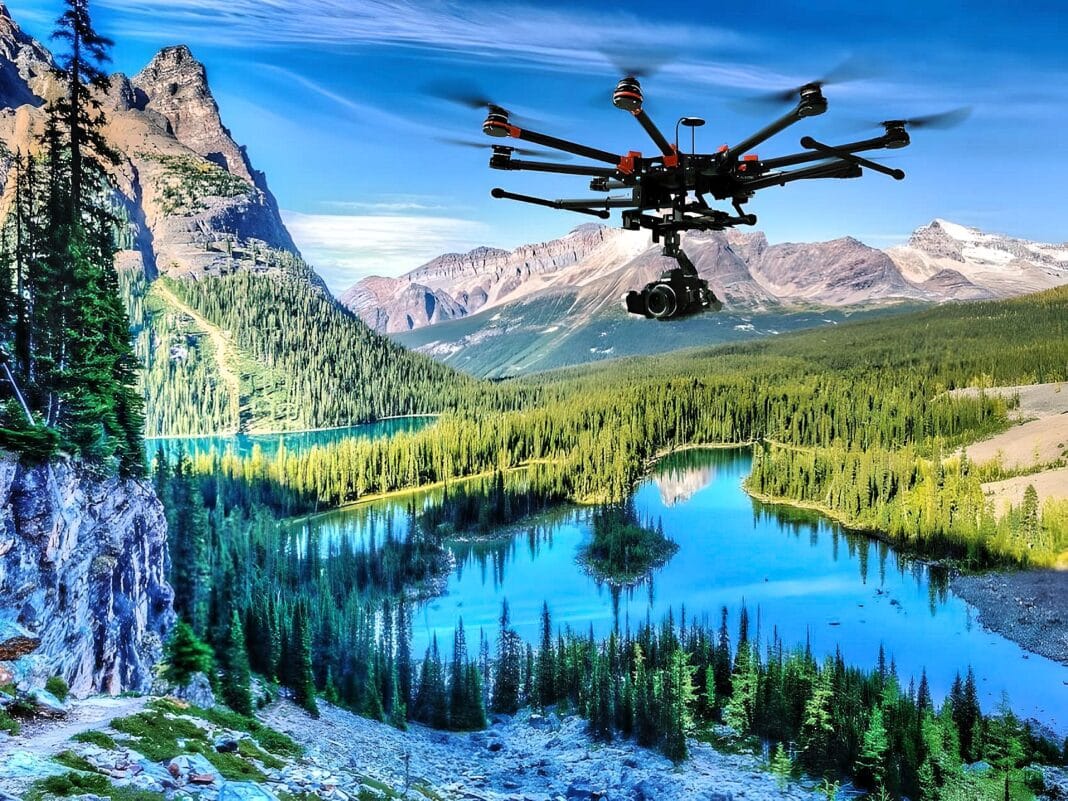New data from the United States paints an interesting picture for the future of work as the global workforce braces for an AI takeover.
Since the launch of ChatGPT in late 2022, much talk has been about what jobs will be lost to AI, and the forest products sector is no exception.
Using data from Goldman Sachs Global Investment Research, Morgan Stanley Capital International has ranked industries by their estimated share of employment exposed to AI-driven automation.
Office and administrative support are top of the list, with an estimated 46 per cent of these jobs facing potential replacement by AI-driven automation, followed by legal (44%), architecture and engineering (37%), life, physical and social science (36%), and business and financial operations (35%).
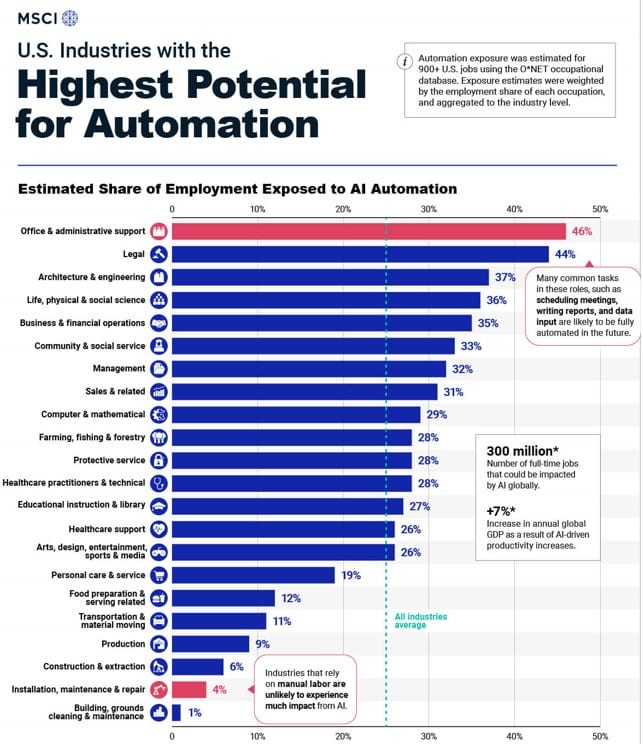
Forestry among the top 10 industries impacted by AI
Farming, fishing, and forestry (28%) rounded out the top 10 – above the 25% average across all industries.
According to the report, agriculture – which broadly incorporates farming, fishing and forestry, will be subject to major disruption – with up to 90% of agricultural workers subject to automation to varying degrees.
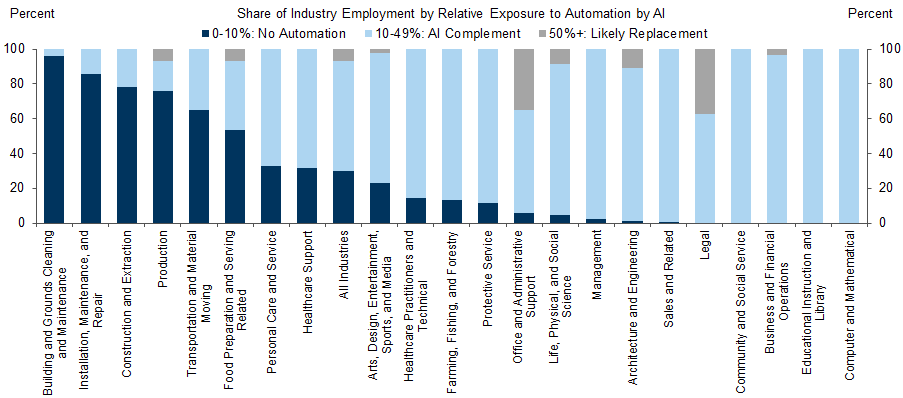
In September 2018, the World Economic Forum (WEF) reported that “AI could be the game changer for the world’s forests.”
At the time, the WEF noted that forest management is a good example of how technology-first approaches can quickly deliver results.
“Predictive analytics and machine learning models,” the WEF said, are “helping scientists and authorities in different parts of the world in the quest for better forest management – this also includes restoring areas damaged by fires, logging, or clear-cutting.”
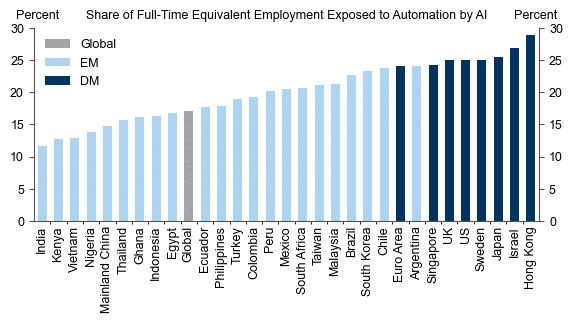
Now, Wood Central reports that forest managers are using AI and Big Data worldwide to monitor biodiversity loss and carbon management.
It comes as Metsa Wood has partnered with CollectiveCrunch – the software company behind “Linda Planet” – to develop a new app to target forest bark beetles in forests.
According to a 2022 study, bark beetle outbreaks are responsible for the loss of large areas of forests, and in recent years, they appear to be increasing in frequency and magnitude due to climate change.
By analysing a combination of various data sets, the AI-powered solution detects subtle patterns and anomalies associated with bark beetle infestations.
“Detecting the early signs of bark beetles, and monitoring changes such as storm damage in near real-time, is vital for forest owners to take swift and appropriate actions to mitigate their impact,” according to Jarkko Lipponen, CEO of CollectiveCrunch.

Meanwhile, Flash Forest drones are now being deployed to Canada to drive one of the world’s most ambitious tree-planting programmes as the region recovers from massive wildfires.
“Flash Forest will be planting at several post-wildfire sites this northern spring across the south and central of British Columbia,” according to CEO and co-founder Bryce Jones.
Flash Forest employs autonomous drone technology, automation, and ecological expertise to restore forested areas affected by wildfires. Designed to address the pressing demands of the global climate emergency, its automated aerial reforestation system offers enhanced speed, accessibility, and safety.
Its long-term aim is to use AI and drone technology to “reforest the earth with 1 billion more trees over the next five years”, and it partnered with fire-optics giant Telus Communications to deliver reforestation projects in Canada.
Most crucially, the solution makes it possible to plant trees three times cheaper and five times faster than conventional hand and shovel methods while also servicing wildfire-impacted areas that traditional methods cannot easily address.
Manufacturing and Construction are also impacted
Whilst the report shows disruption to the agricultural industry, impacts for transportation and materials handling (12%); production (9%) and Construction (6%) are below the industry average.
According to Goldman Sachs, AI disruption has lower exposures in physically-intensive professions, including sawmill processing (9%) and on-site Construction (6%).
Goldman Sachs claims that production and Construction have about 20% exposure to AI replacement – including 3D printing and robotics.
Last year, Wood Central reported on BoKlok’s manufacturing facility in Växjö, Sweden, which uses zero-labour robots to automate the manufacturing process for prefabricated housing.
The robots used in the manufacturing plant are designed, manufactured, and supplied by Randek Robotics.
The Randek Zero Labor Robotic System is a fully automated robotic system that performs various work processes automatically.
In the past, the robot’s main task was producing walls, floors, and roofs.
In December 2021, Randek AB joined forces with SCM, one of the world’s largest machinery suppliers, in a new global cooperation to become a one-stop robotics supplier in timber construction.
According to Forbes, the latest innovation in housing is volumetric modular manufacturing (VMM) – where offsite Construction and automation are used to manufacture dwellings at scale.
Technicians and engineers program and maintain specialised equipment to ensure that sub-assemblies consistently comply with high-quality standards and tolerances.
Construction companies can combine sub-assemblies into larger, more complete units with workers free from repetitive and dangerous tasks.
‘Godfather of AI’ urges governments to stop machine takeover
Geoffrey Hinton, one of the so-called godfathers of artificial intelligence, urged governments last week to ensure that machines do not take control of society.
Mr Hinton made headlines in May when he announced that he quit Google after a decade of work to speak more freely on the dangers of AI, shortly after the release of ChatGPT captured the world’s imagination.
News Corporation reports that the highly respected AI scientist, based at the University of Toronto, spoke to a packed audience at the Collision tech conference in the Canadian city.
The conference brought together more than 30,000 start-up founders, investors and tech workers, most looking to learn how to ride the AI wave and not hear a lesson on its dangers.
“Before AI is smarter than us, I think the people developing it should be encouraged to put a lot of work into understanding how it might try and take control away,” Mr Hinton said.
“Right now there are 99 very smart people trying to make AI better and one very smart person trying to figure out how to stop it taking over, and maybe you want to be more balanced.”
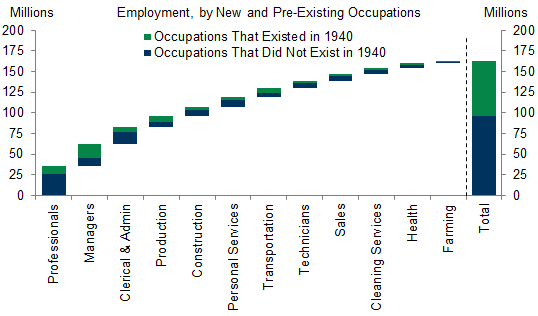
Mr Hinton warned that the risks of AI should be taken seriously, despite his critics believing he is overplaying the risks.
“I think it’s important that people understand that this is not science fiction; this is not just fear-mongering,” he insisted.
“It is a real risk that we must think about, and we need to figure out how to deal with it in advance.”
Mr Hinton also expressed concern that AI would deepen inequality, with the massive productivity gain from its deployment going to benefit the rich and not workers.
“The wealth isn’t going to go to the people doing the work. It will go into making the rich richer and not the poorer, and that’s very bad for society,” he added.
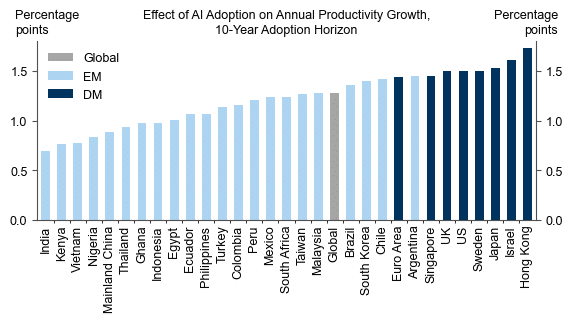
He also pointed to the danger of fake news created by ChatGPT-style bots and hoped that AI-generated content could be marked similarly to how central banks watermark cash.
“It’s very important to try, for example, to mark everything fake as fake. Whether we can do that technically, I don’t know.”
The European Union is considering regulating AI through its proposed AI Act. The proposed AI Act will establish regulations governing the use of AI in Europe.
The AI Act and why it matters
The AI Act is a proposed European law on artificial intelligence (AI) – the first law on AI by a major regulator anywhere.
The law assigns applications of AI to three risk categories. First, applications and systems that create an unacceptable risk, such as government-run social scoring of the type used in China, are banned.
Second, high-risk applications, such as a CV-scanning tool that ranks job applicants, are subject to specific legal requirements.
Lastly, applications not explicitly banned or listed as high-risk are largely left unregulated.




